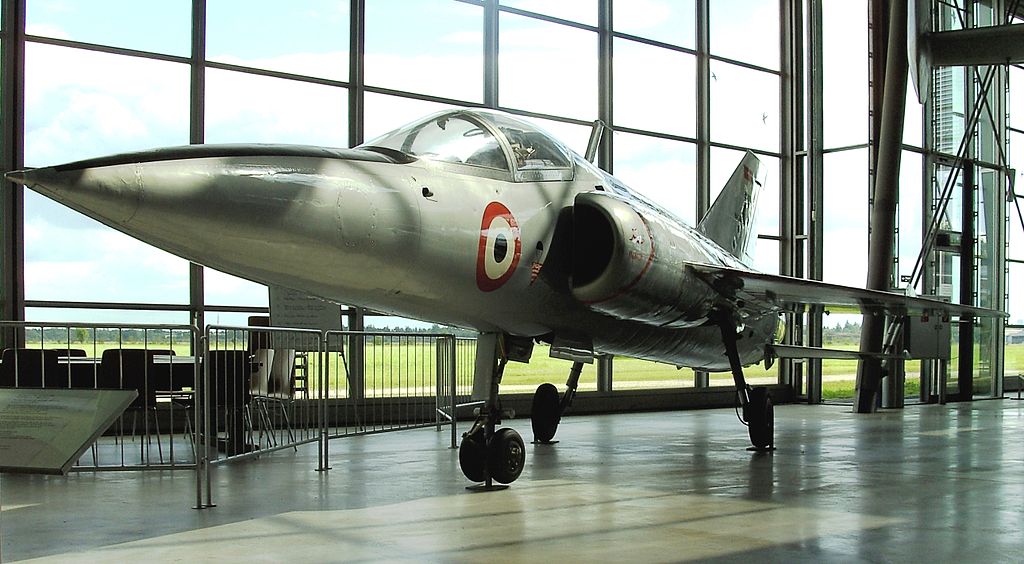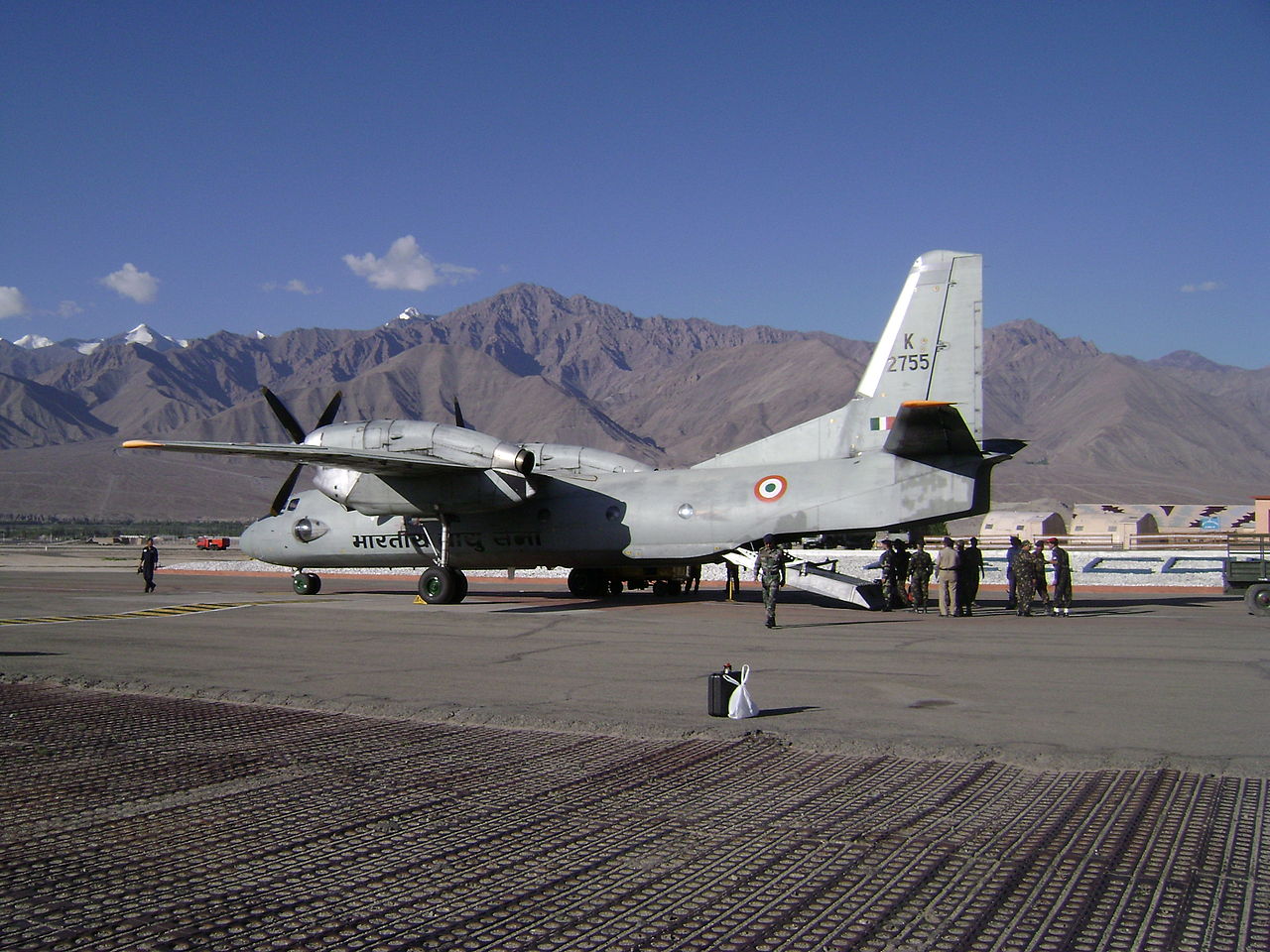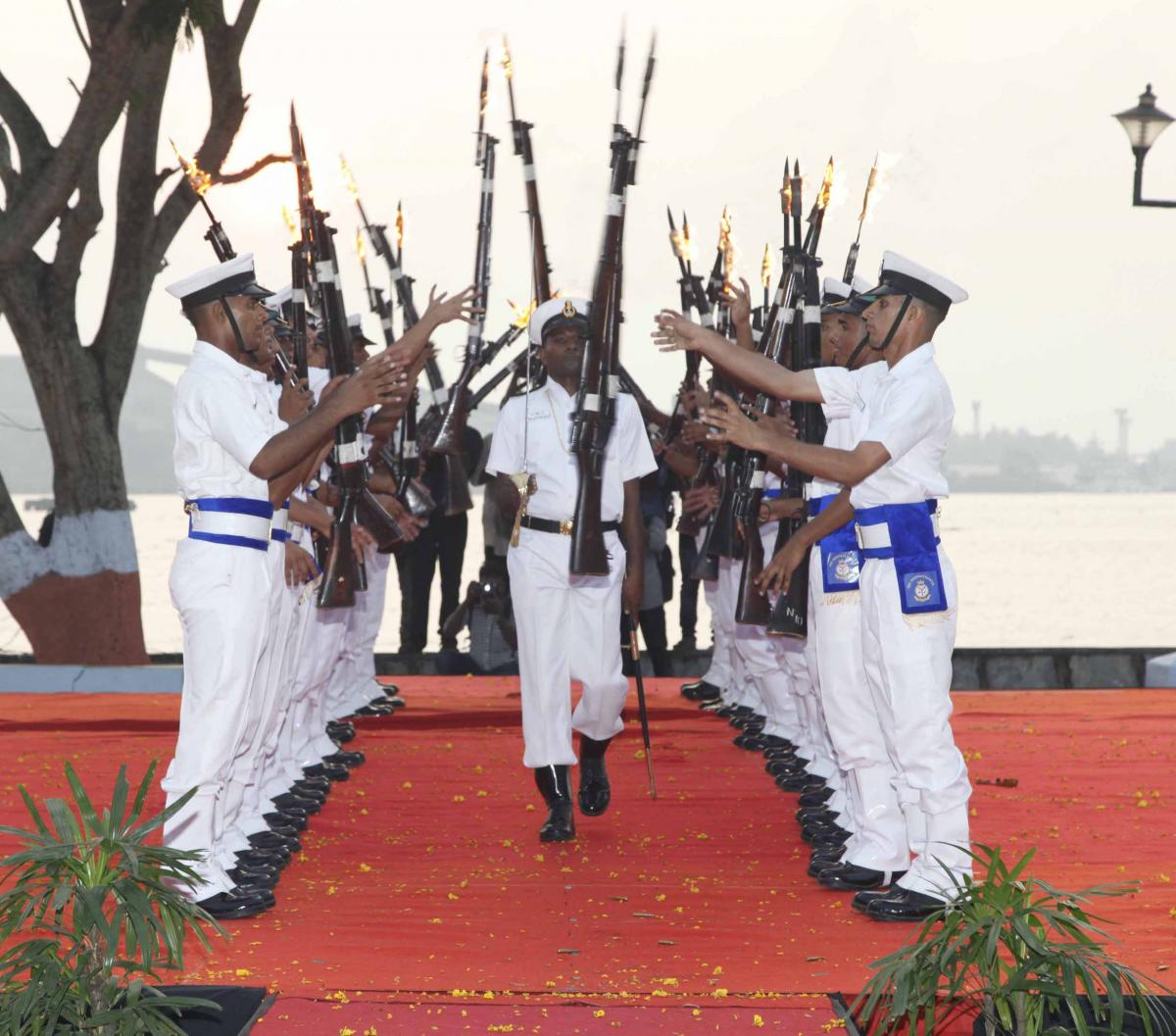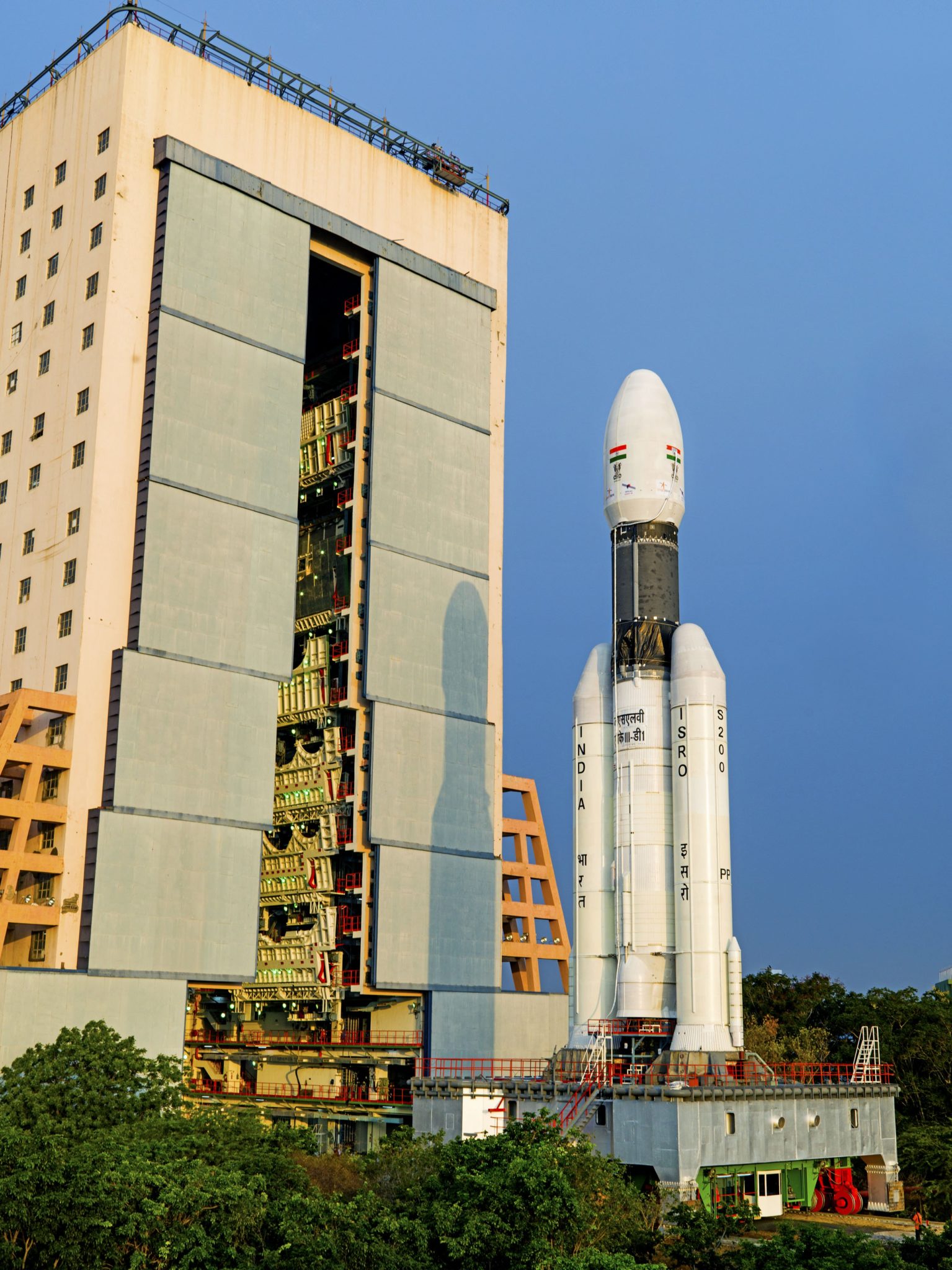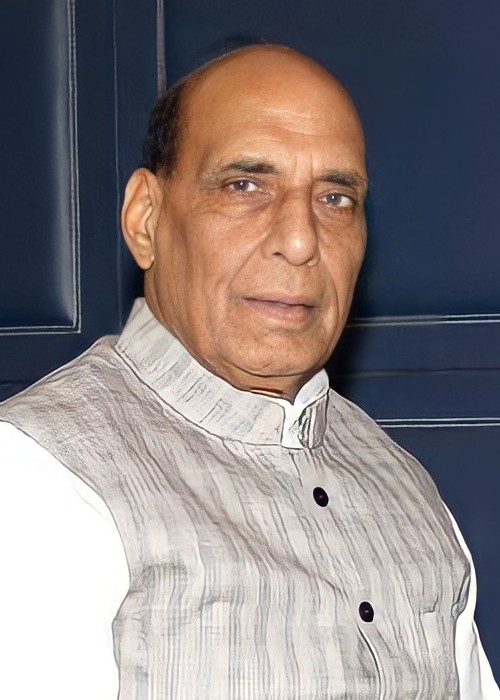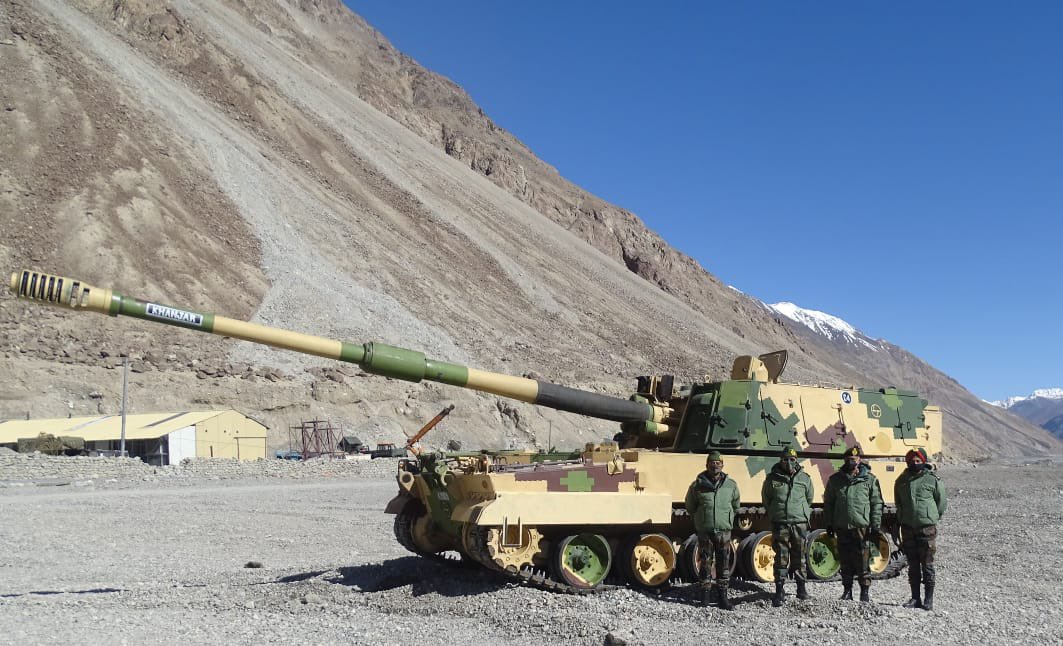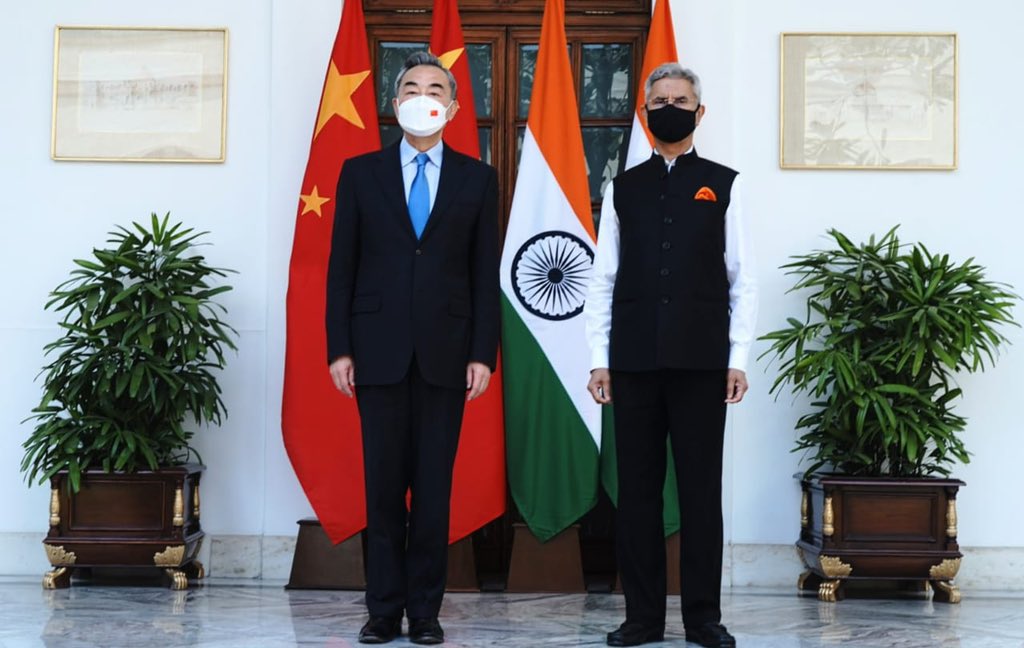
S. Jaishankar and Wang Yi – 25 March 2022.
“Despite several rounds of talks at the military and foreign office levels, only four of the disputed points have been ‘de-escalated’ by creating buffer zone.”
India and China have been negotiating to resolve disputes along the Line of Actual Control (LAC), the de facto India-China border, since a series of clashes in May 2020 resulted in dozens of deaths and numerous injuries. While both Indian and Chinese officials have stated that progress has been made to resolve the disputed border, the accompanying excerpted articles from India provide a look at how Indian officials differ in their assessment of the situation compared to China.
The first excerpted article from the independent English-language news website The Wire reports on the foreign ministers of India and China, who met in India in early May on the sidelines of a Shanghai Cooperation Organization (SCO) ministerial meeting. The article notes that while Chinese Foreign Minister Qin Gang stated the situation at the border is “generally stable,” Indian Foreign Minister Subrahmanyam Jaishankar believes there continues to be an “abnormal position” on the border. Jaishankar noted that both sides need to move forward on resolving the dispute but stated that India-China relations cannot be normal if there is no peace in the border areas. The article also notes that the border stand-off at the LAC has been going on for three years and that despite negotiations, “only four of the disputed points have been ‘de-escalated’ by creating buffer zones.” The article points out how Chinese officials have been hesitant to acknowledge that the two remaining disputed border points are a part of the ongoing situation and that since last September they believe the dispute “has largely been resolved.” The second excerpted article from the independent English-language news website The Print reports on the signing of over 100 contracts by India’s army, navy, and air force under the emergency procurement power that the government set up for the armed forces several years ago. The government established the acquisition powers in response to the 2016 Uri terrorist attack but has allowed them to continue in the wake of the 2020 LAC border dispute with China. The powers allow the armed forces to make acquisitions outside of the requirements of the Make in India initiative if there is an operational requirement for them.[i] The article notes that a few of the acquisitions are with Indian and not foreign companies, including air defense systems, radar, and coastal missile batteries. Ultimately, the articles show that India continues to have a different perspective than China on how well the negotiations over the LAC are going and will allow emergency acquisitions for the armed forces to continue in support of its own position in this dispute.
Sources:
“Jaishankar Reiterates Abnormal Position at Border Standoff Despite China’s Claims of Stability,” The Wire (an independent English-language news website), 5 May 2023. https://thewire.in/diplomacy/jaishankar-reiterates-abnormal-position-at-border-standoff-despite-chinas-claims-of-stability
After Chinese foreign minister Qin Gang reiterated that border situation is “generally stable”, Indian external affairs minister S. Jaishankar on Friday, May 5, reiterated that the boundary stand-off continues to show that there is an “abnormal position” along the boundary.
…Speaking at the post-SCO meeting media briefing, Jaishankar disagreed with his Chinese counterpart’s assessment. “I think the issue is that there is an abnormal position in border areas. We had a frank discussion about it”.
The Indian minister added, “We have to take the disengagement process forward. I have made it very clear, publicly as well, that India-China relations are not normal and cannot be normal if peace and tranquility in the border areas are disturbed”.
Qin and Jaishankar engaged in talks for almost 70 minutes at the Taj Exotica in Goa before the commencement of the Shanghai Cooperation Organisation’s ministerial meeting on Thursday…
The stand-off between Indian and Chinese troops in eastern Ladakh has lasted for almost three years, leading to the first deaths at the border in four decades.
Despite several rounds of talks at the military and foreign office levels, only four of the disputed points have been ‘de-escalated’ by creating buffer zones. The Chinese authorities have been hesitant to acknowledge that the remaining two points, Demchok and Depsang, are also part of the current border crisis, causing a stalemate in negotiations.
China have been stressing since September 2022 that the border crisis has largely been resolved, and they have been advocating for a “normalisation” of border management. This message was reiterated by Qin Gang during his first meeting with Jaishankar in March…
Snehesh Alex Philip, “Army, Navy, IAF get 6 more months for emergency procurement, MoD rushes to wrap up contracts,” The Print (an independent English-language news website from India), 7 April 2023. https://theprint.in/defence/army-navy-iaf-get-6-more-months-for-emergency-procurement-mod-rushes-to-wrap-up-contracts/1503627/
The Indian Army, Navy and Air Force are in the process of signing over 100 contracts under the emergency procurement powers given to them.
These powers were first given to the armed forces after the 2016 Uri attack to help them circumvent the slow bureaucratic system of procurement, and under these, the services can ink contracts worth Rs 300 crore each on their own.
Since 2016, these emergency procurement powers have been renewed multiple times, and have now been extended for an additional six months…
According to sources, these procurements, which will be indigenous with at least 60 per cent localisation, will cater to a large number of niche technology, drones and ammunition…
“The March rush is always there, including in the defence ministry, just like other ministries. The capital budget has also increased every year and hence the spending powers increase,” Laxman Kumar Behera, chairperson, Special Centre for National Security Studies at Jawaharlal Nehru University, told The Print.
“Also, the fact is that they are not signing many contracts with foreign companies but with Indian companies. It might take time initially because of the various trials, but it is good in the long term,” he added.
…On 30 March, the ministry signed contracts for the procurement of an improved Akash air defence system and 12 Weapon Locating Radars Swathi (Plains) for the Army at an overall cost of over Rs 9,100 crore.
While the Akash systems are manufactured by Bharat Dynamics Limited, Swathi is manufactured by Bharat Electronics Limited (BEL).On the same day, the ministry inked a contract with BrahMos Aerospace Private Limited (BAPL) for procurement of Next Generation Maritime Mobile Coastal Batteries (Long range) weapon system and BrahMos [RG1]missiles at an approximate cost of over Rs 1,700 crore…
Notes:
[i] For more background on India’s emergency procurements amid the Make in India initiative, see: Matthew Stein “Emergency Spending for the Indian Armed Forces,” OE Watch, August 2020. https://community.apan.org/wg/tradoc-g2/fmso/p/oe-watch-issues
Image Information:
Image: S. Jaishankar and Wang Yi – 25 March 2022
Source: https://commons.wikimedia.org/wiki/File:S.Jaishankar_and_Wang_Yi-_25_March_2022.jpg
Attribution: Government Open Data License – India (GODL)

